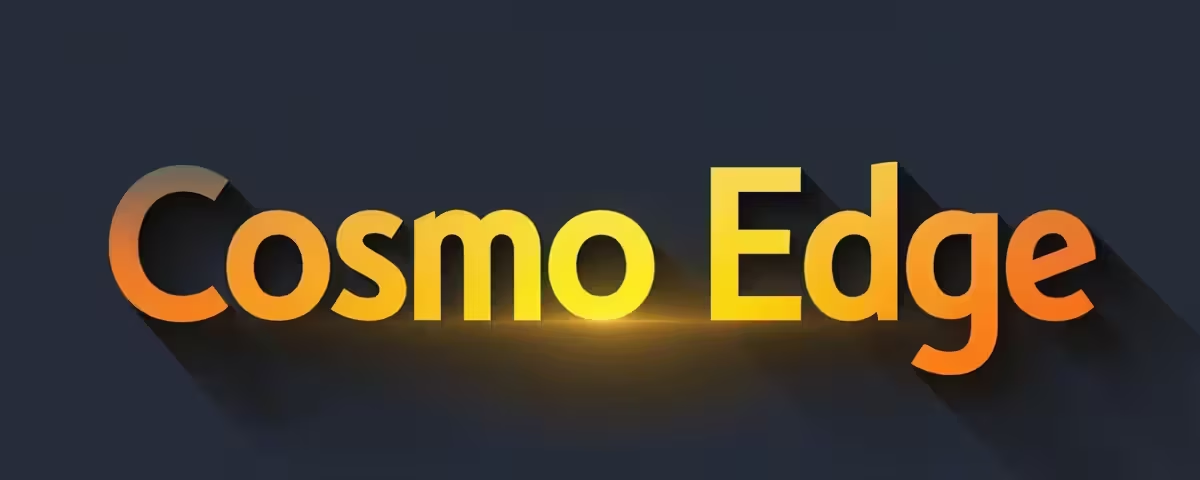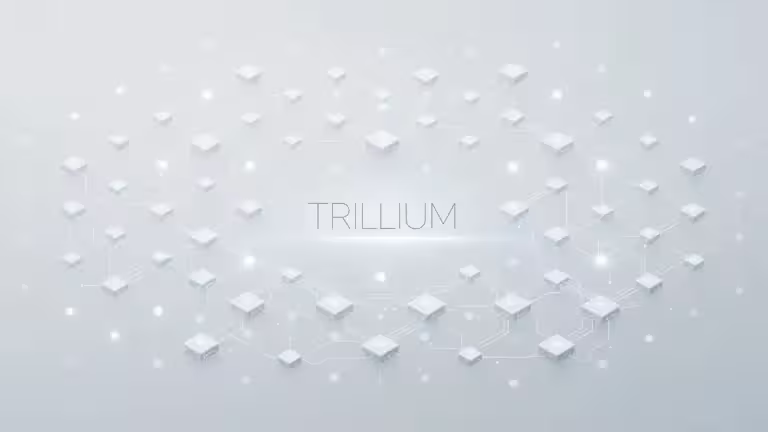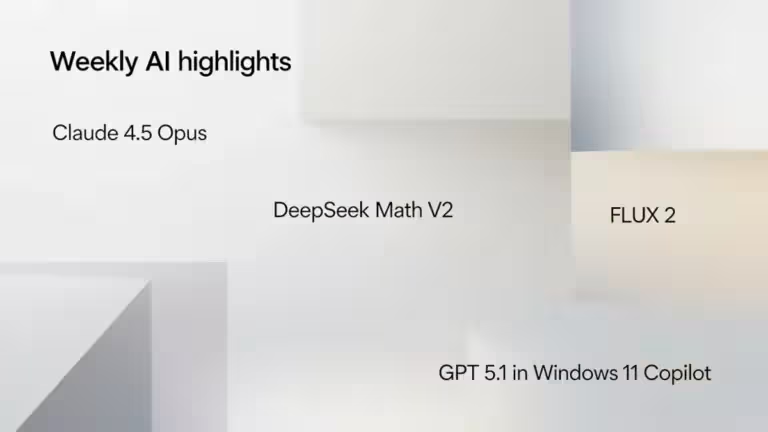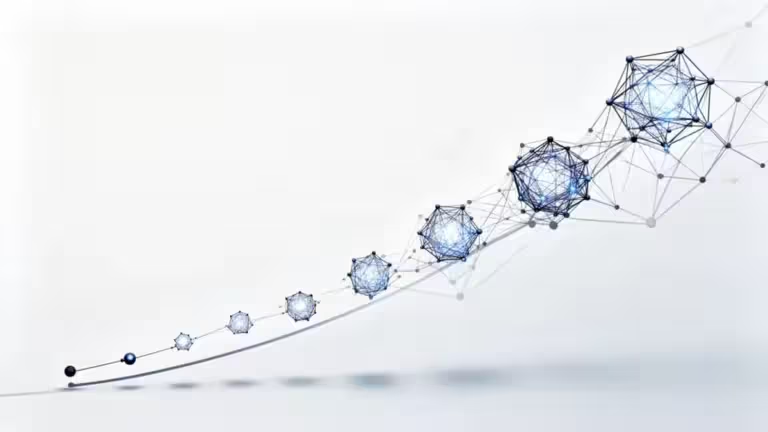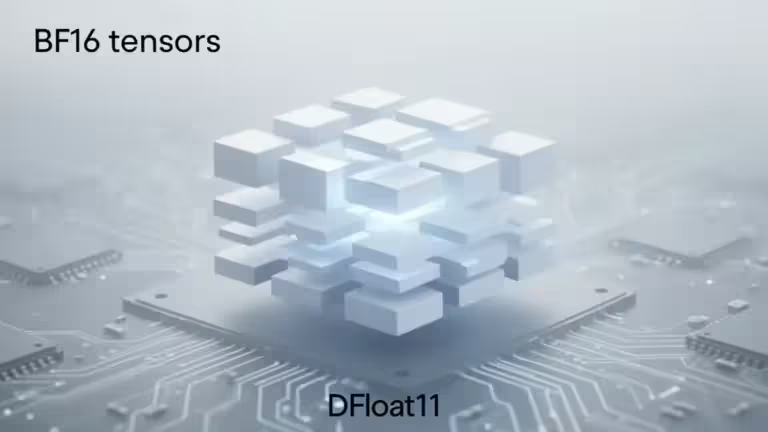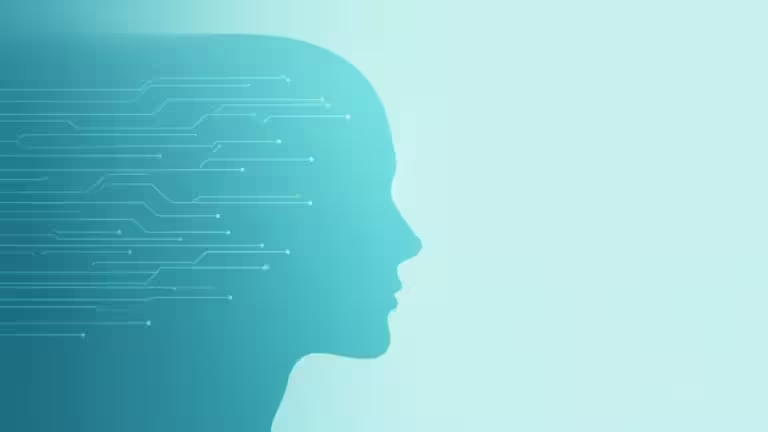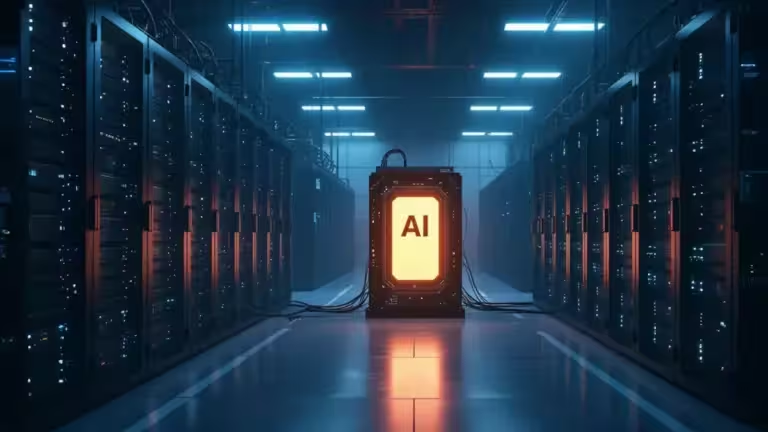FRAMES vs Seal-0: Which Benchmark Should You Use to Evaluate Your RAG AI and Its Robustness?
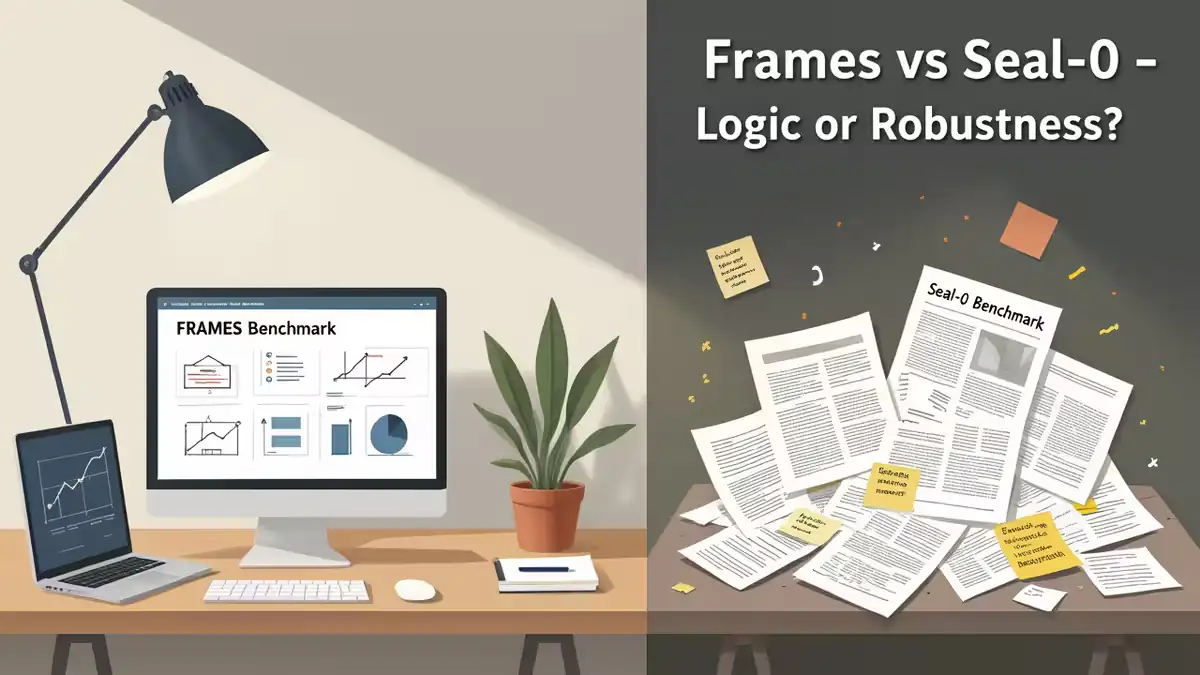
Evaluating AI models is no longer limited to measuring accuracy on isolated questions. With the rise of Retrieval-Augmented Generation (RAG) systems and autonomous agents, two major benchmarks now dominate the field: FRAMES, developed by Google Research, and Seal-0, part of the open-source SealQA project.
Both aim to assess how well a model understands and reasons, but they measure very different skills.
What is the FRAMES benchmark?
FRAMES is a dataset designed to test factual accuracy and multi-step reasoning in AI models. Each question requires the model to retrieve multiple coherent sources—often from Wikipedia—and then deduce a logical answer.
The benchmark contains 824 “multi-hop” questions covering various topics like history, science, culture, and geography. For example:
Which composer was born earlier: the one who wrote Carmen or the one who wrote La Traviata?
To answer correctly, the model must identify Georges Bizet and Giuseppe Verdi, retrieve their birth dates, and compare them. This illustrates the essence of RAG systems: retrieve, filter, reason, and generate.
According to results published on arXiv, even top-tier models like Gemini 1.5 Pro and Claude 3 plateau around 0.66 accuracy, showing that the challenge lies as much in retrieval as in reasoning.
Seal-0: An adversarial benchmark for AI robustness
Seal-0, the first level of the SealQA project, takes a radically different approach. Here, the goal is not to test logic alone but to measure resilience against noisy or contradictory data.
The questions look simple—“What is the capital of Switzerland?”—but the provided context contains misleading sources. Some passages claim it’s Zurich, others Geneva, and others Bern. The model must separate truth from noise, just like it would when retrieving real-world web data.
According to the paper SealQA: Evaluating LLMs under Noisy Retrieval Conditions (University of Washington, 2025), performance levels are strikingly low:
- OpenAI o3: 17.1% success
- o4-mini: 6.3%
- Even agentic models fail frequently because their reasoning chains amplify misinformation.
In short, Seal-0 measures awareness: the ability of an AI model to doubt, cross-check, and self-correct.
FRAMES vs Seal-0: Two complementary visions of AI evaluation
| Criterion | FRAMES | Seal-0 |
|---|---|---|
| Objective | Multi-source reasoning quality | Resistance to misinformation |
| Data sources | Reliable (Wikipedia) | Noisy and contradictory results |
| Type of reasoning | Logical, temporal, numerical | Critical, discriminative |
| Difficulty | Complex reasoning | Chaotic environment |
| Typical score | ~60% | ~17% |
| Skills evaluated | Retrieval + reasoning | Critical judgment + robustness |
| Use case | Evaluate RAG or multi-hop reasoning | Test robustness in real-world Web data |
In practice, the two benchmarks are complementary: FRAMES measures logical reasoning in clean conditions, while Seal-0 reveals how a model behaves in messy, noisy environments with conflicting information.
Practical applications: When to use FRAMES and when to prefer Seal-0
The benchmark you choose depends entirely on what you want to test. If your goal is to assess a model’s reasoning quality or the strength of your RAG pipeline, then FRAMES is your best option.
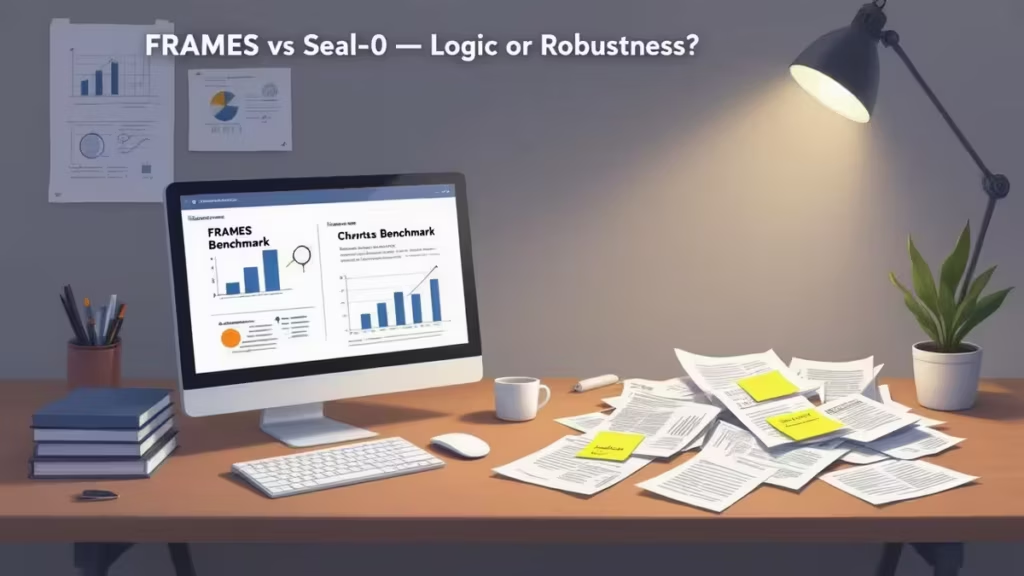
The dataset is clean, balanced, and ideal for evaluating cases where retrieved documents are relevant and trustworthy. It helps you determine whether a model can link multiple facts, manage temporal relationships, and formulate coherent answers. It’s the perfect tool to compare RAG architectures, measure the benefits of adaptive retrieval, or analyze the effect of fine-tuning on factual consistency.
In contrast, Seal-0 becomes essential when you want to test real-world robustness. The data is intentionally noisy, contradictory, and sometimes misleading—just like the open web. It’s a realistic scenario for AI agents connected to the internet, which must distinguish truth from plausibility.
In short:
- FRAMES = testing reasoning in a clean lab environment
- Seal-0 = testing survival in the wild web
Real-world use cases
| Use case | Recommended benchmark | Reason |
|---|---|---|
| Evaluating academic RAG models (Gemma, DeepSeek-R1, LLaMA 3) | FRAMES | Controlled environment for measuring multi-hop reasoning quality |
| Testing AI search engines (Perplexity, Andi, You.com) | Seal-0 | Noisy web-like conditions |
| Optimizing navigation agents or document assistants | Seal-0 | Tests filtering and reliability weighting capabilities |
| Benchmarking internal RAG pipelines (retrieval + generation) | FRAMES | Enables fair comparison between configurations |
| Measuring resistance to misinformation | Seal-0 | Evaluates critical reasoning and source reliability assessment |
Together, these two benchmarks form a complete evaluation framework: precision in clean environments and resilience in noisy ones.
Recent trends and results
Since the release of SealQA: Evaluating LLMs under Noisy Retrieval Conditions (arXiv), major commercial models have been tested on Seal-0. The results are revealing:
- OpenAI o3 achieves roughly 17.1% accuracy
- o4-mini drops to 6.3%
- Even agentic systems capable of multi-step planning fall below 20%
In comparison, on FRAMES, top models such as Gemini 1.5 Pro and Claude 3 Opus reach between 60 and 70% accuracy, depending on retrieval parameters.
These gaps highlight a key insight: a model can appear brilliant in controlled academic settings but collapse when faced with real-world web complexity. Robustness, therefore, is not just an extension of reasoning—it’s a separate skill altogether.
Limitations and perspectives
Neither FRAMES nor Seal-0 alone can measure the “true intelligence” of a model. FRAMES focuses on well-structured data, while Seal-0 sometimes amplifies noise to unrealistic levels. Researchers are already planning extensions:
- LongSeal, for testing long-context coherence
- Seal-Hard, to increase adversarial difficulty
- FRAMES v2, in preparation, which will integrate multimodal and web-dynamic documents
In the future, these benchmarks could evolve into hybrid evaluations, capable of measuring logic, robustness, and narrative coherence in AI agents.
Frequently asked questions
What is FRAMES? A benchmark from Google Research designed to evaluate RAG systems on multi-source questions, with a focus on logic and factual accuracy.
What is Seal-0? A subset of the SealQA project that tests model robustness under noisy or contradictory retrieval conditions.
Why are the scores so low? Because Seal-0 rewards not memory or knowledge, but the ability to doubt, filter, and reason critically—still a rare skill among current AI systems.
Which benchmark should I choose for my project? Use FRAMES if you’re developing a RAG or enterprise retrieval system. Choose Seal-0 if your AI interacts with unfiltered web data.
Main sources
- Google Research – FRAMES Benchmark (Hugging Face)
- SealQA: Evaluating LLMs under Noisy Retrieval Conditions (arXiv, 2025)
- Comparative data from Marktechpost and PureAI reports on benchmark performance tracking
Your comments enrich our articles, so don’t hesitate to share your thoughts! Sharing on social media helps us a lot. Thank you for your support!
